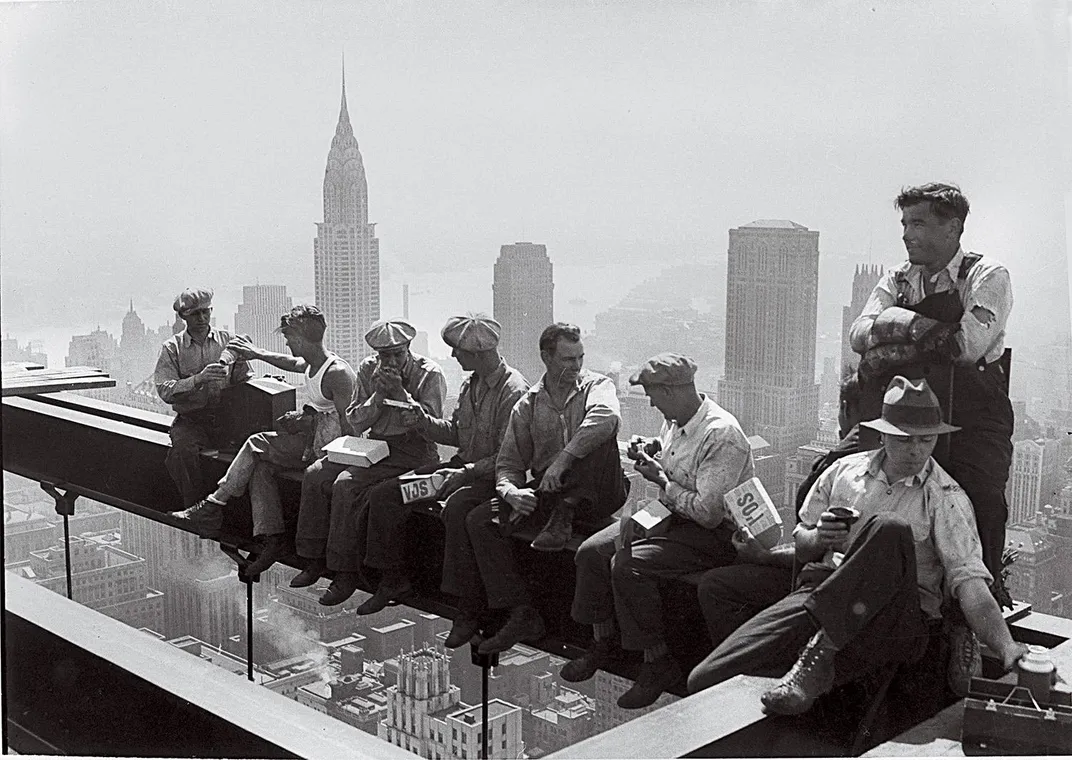How the Associated Press Got Its Start 175 Years Ago
A newsworthy birthday for a venerable source of trusted reporting
:focal(240x160:241x161)/https://tf-cmsv2-smithsonianmag-media.s3.amazonaws.com/filer/ef/6f/ef6ff230-8682-4ecf-a4fe-021ef25df632/ap_opener.jpg)
In May 1846, eager to get news of the Mexican-American War to his readers in the Northeast, Moses Yale Beach, publisher of the New York Sun, convinced the leaders of four other New York newspapers to invest in a network of couriers on horseback who would carry reporting from the front lines of the war to Montgomery, Alabama. From there, the correspondence would travel via stagecoach to the southernmost U.S. telegraph office, in Richmond, Virginia, for transmission to New York. The complicated scheme ensured that the five newspapers were first to break war news.
Speedier transmission of information was not the only innovation of the service, which eventually became known as the Associated Press. Unlike most American news outlets at the time, the AP took a firmly nonpartisan stance, providing reports to Democratic- and Republican-aligned publications alike. “My dispatches are merely dry matters of fact and detail,” the first Washington bureau chief, Lawrence Gobright, said in 1856.

By then, the AP was a quasi-official recorder of election results nationwide. During the Civil War, its impressive network of agents—with access to 50,000 miles of telegraph lines—regularly conveyed battle results within a day.
The journalistic neutrality that the AP pioneered, and which became a model for many other news organizations, strikes some commentators these days as quaint. They question whether unbiased reporting is possible—or even desirable. “Neutral objectivity trips over itself to find ways to avoid telling the truth,” the Pulitzer Prize-winning reporter Wesley Lowery declared in an op-ed last year.
But the AP’s “dry dispatches” remain as vital as ever, 175 years after its founding. More than half the world’s population has access to news from the AP every day. In an era of shrinking journalism budgets and shuttered newsrooms, the organization still operates 248 bureaus in 99 countries. Even in the United States, an AP reporter is often the only journalist covering a regional news event. Its best-selling Stylebook, now in its 55th edition, still sits on the desks of writers around the world, and the AP’s studied neutrality, even if an unreachable ideal, helps indicate to readers where “the truth” might actually be.
/https://tf-cmsv2-smithsonianmag-media.s3.amazonaws.com/accounts/headshot/amy.png)
/https://tf-cmsv2-smithsonianmag-media.s3.amazonaws.com/accounts/headshot/amy.png)